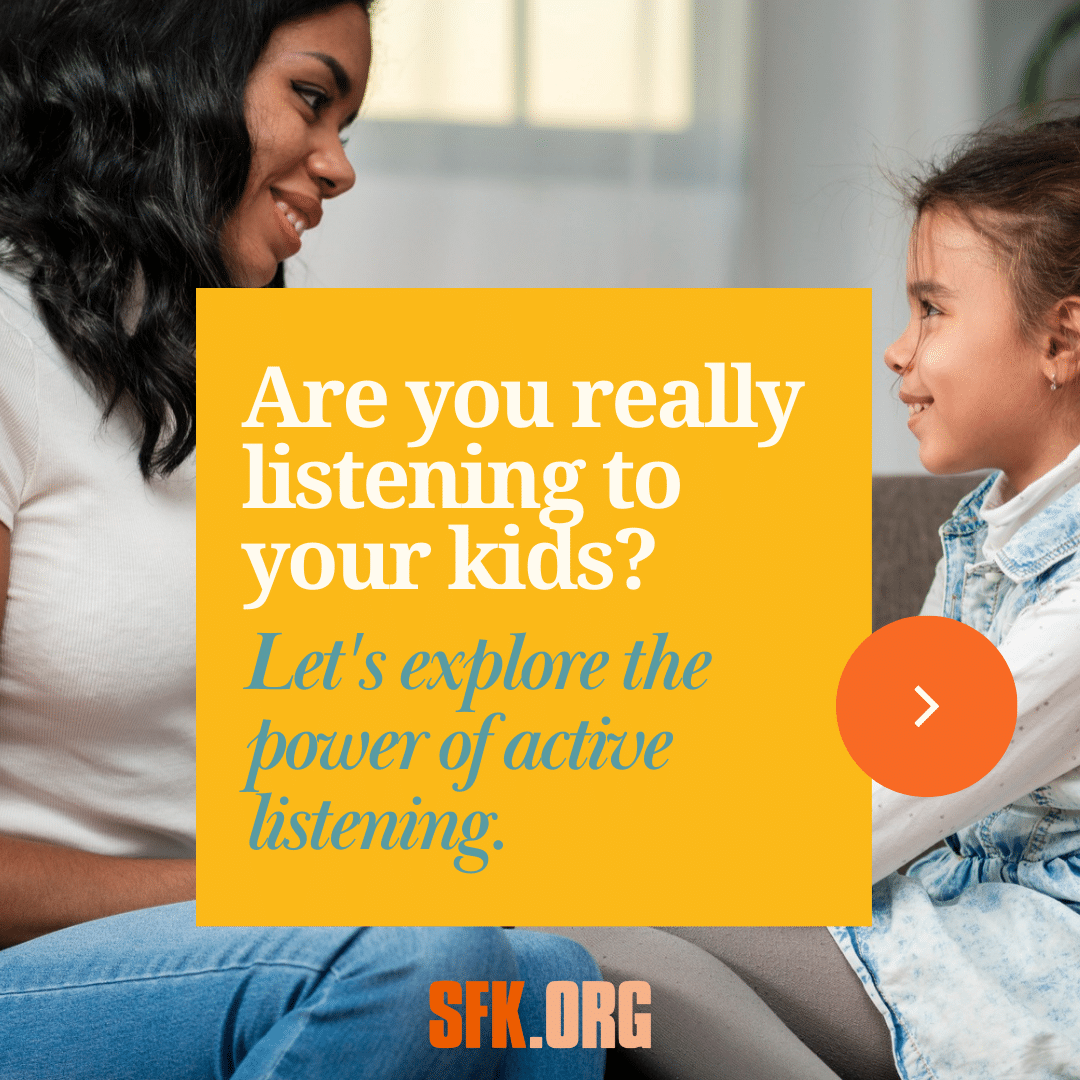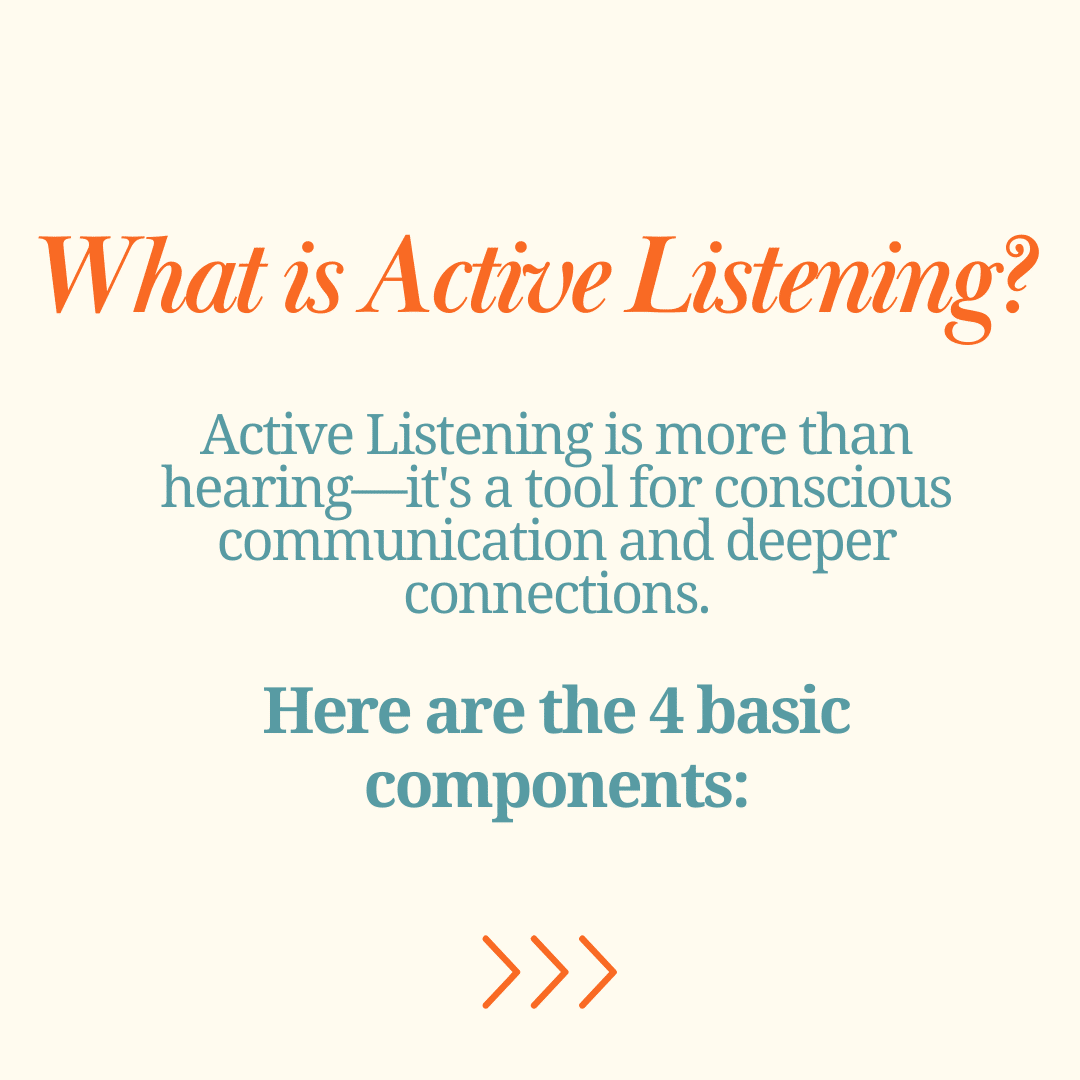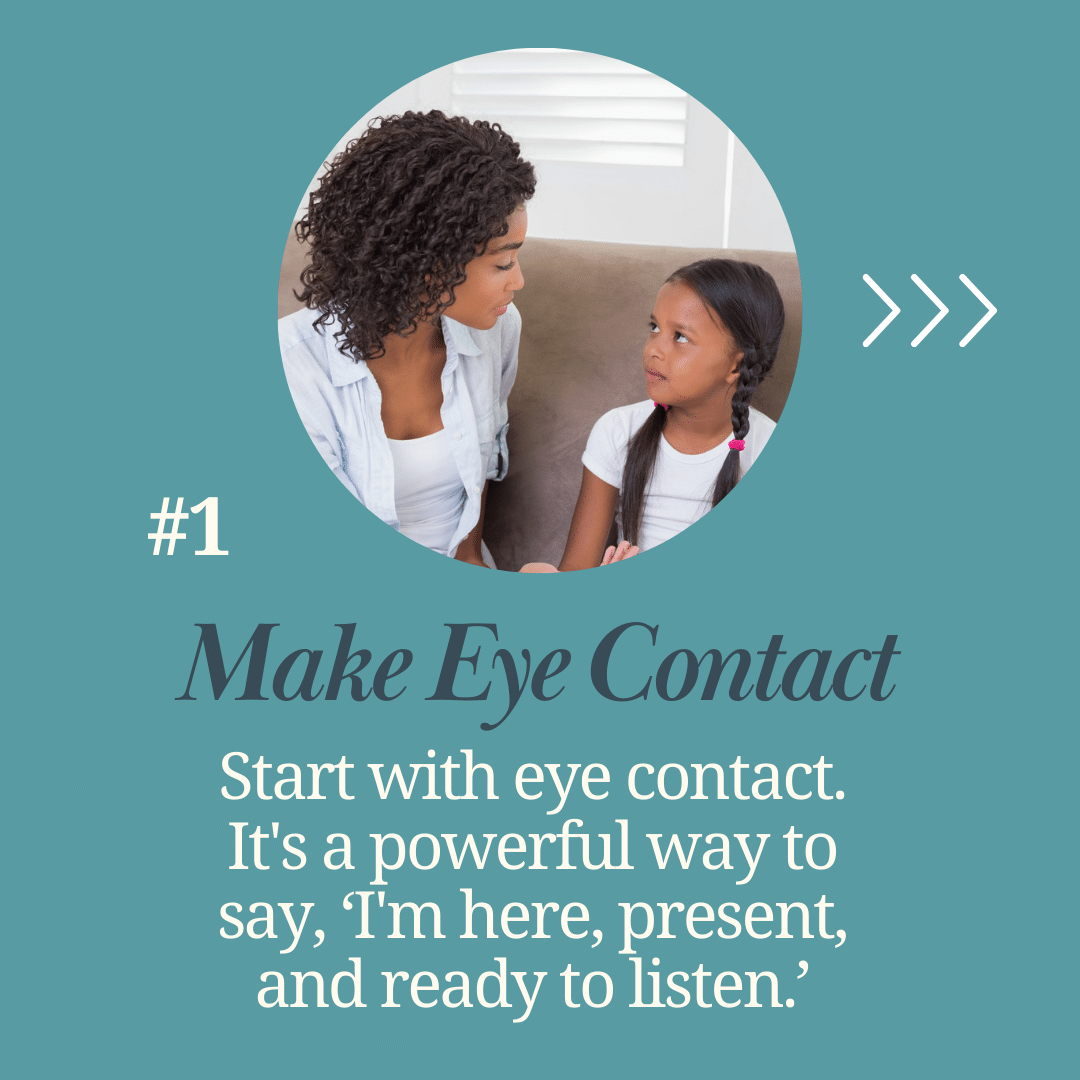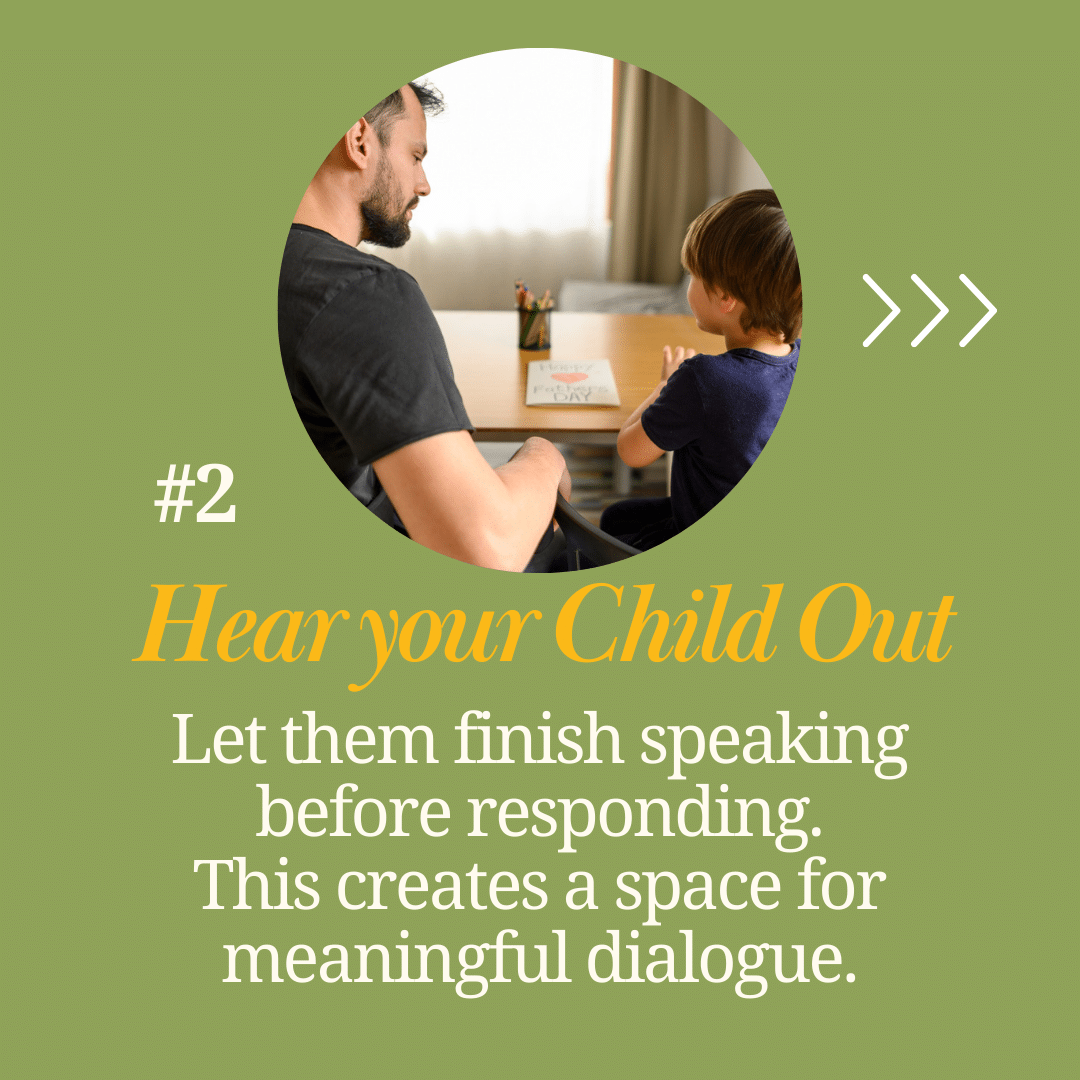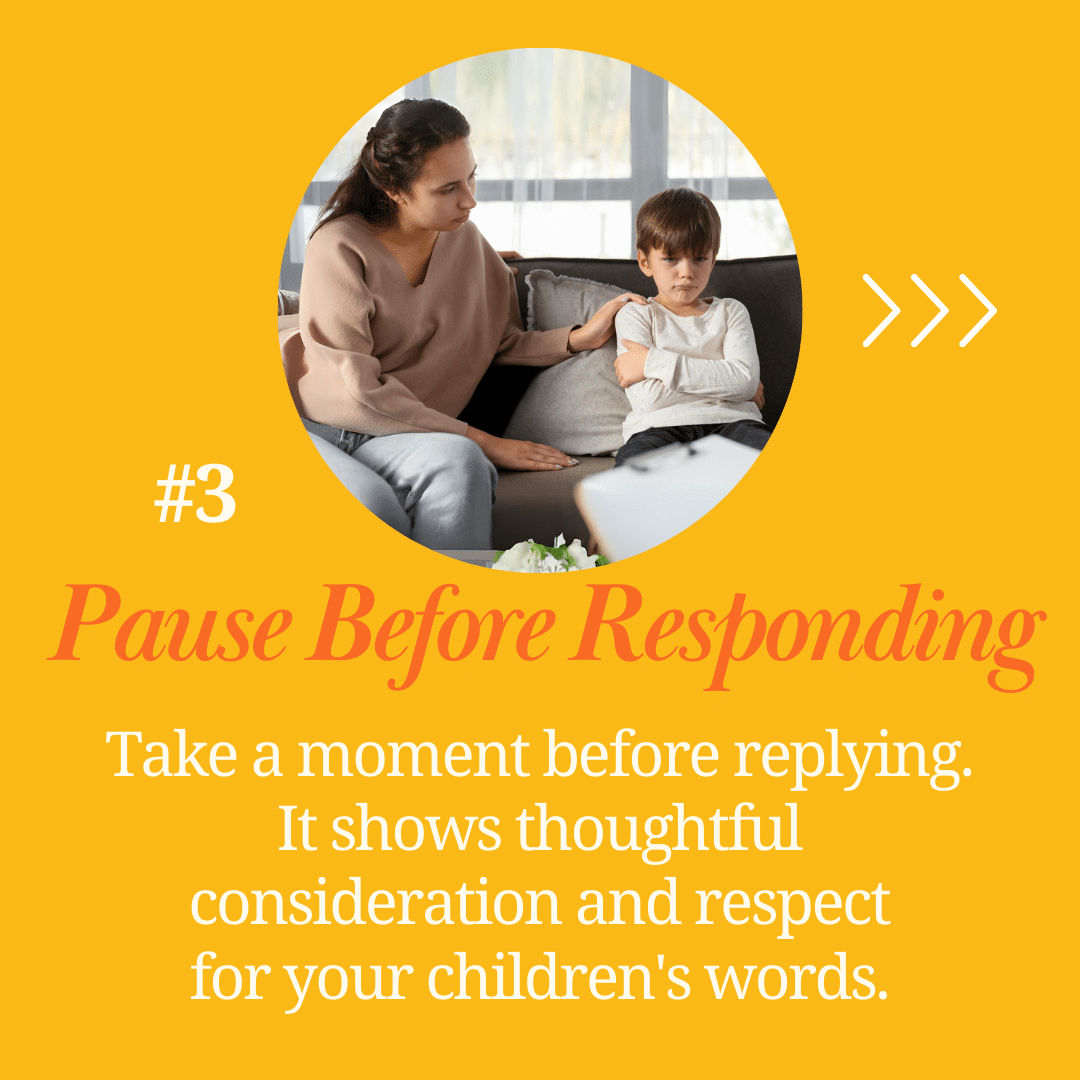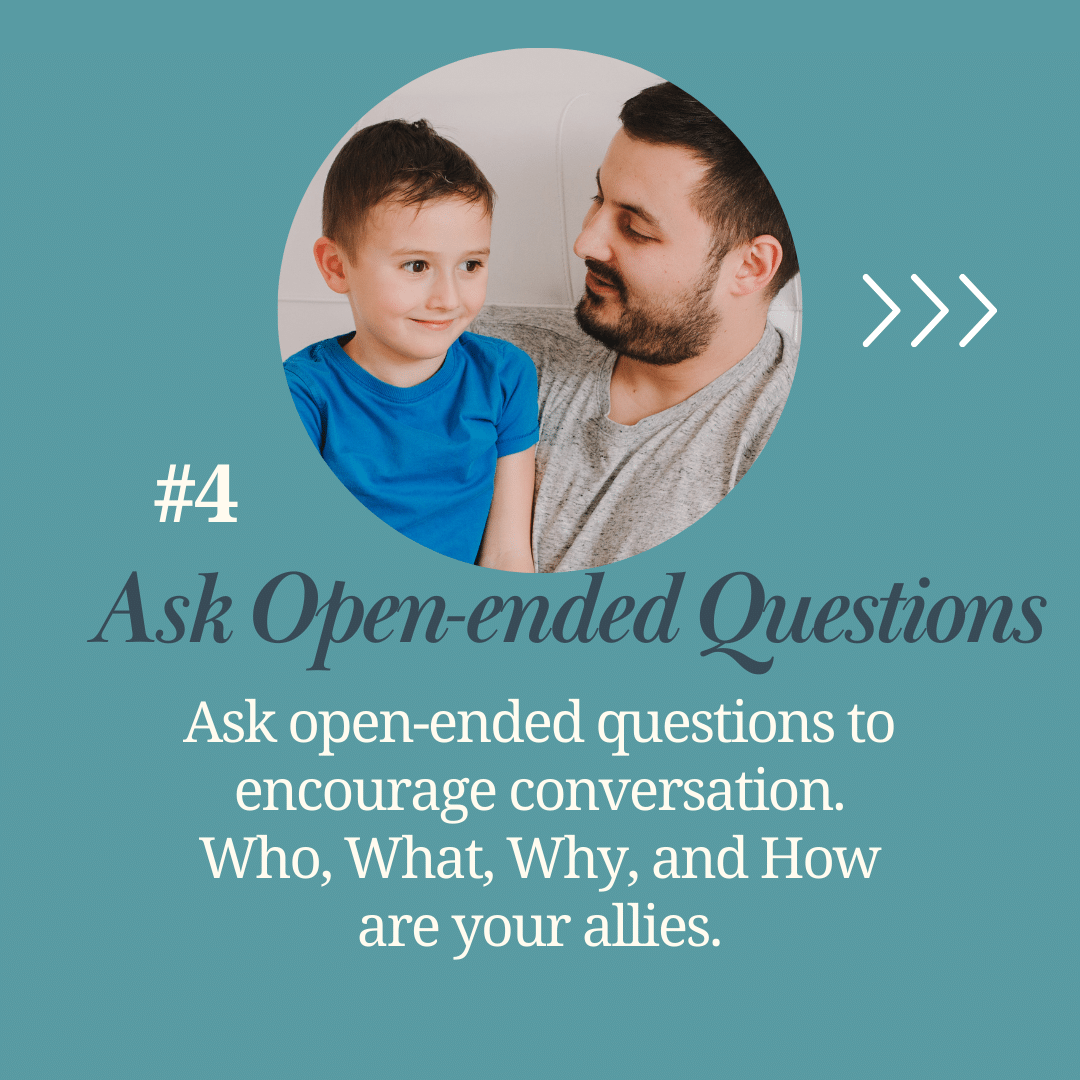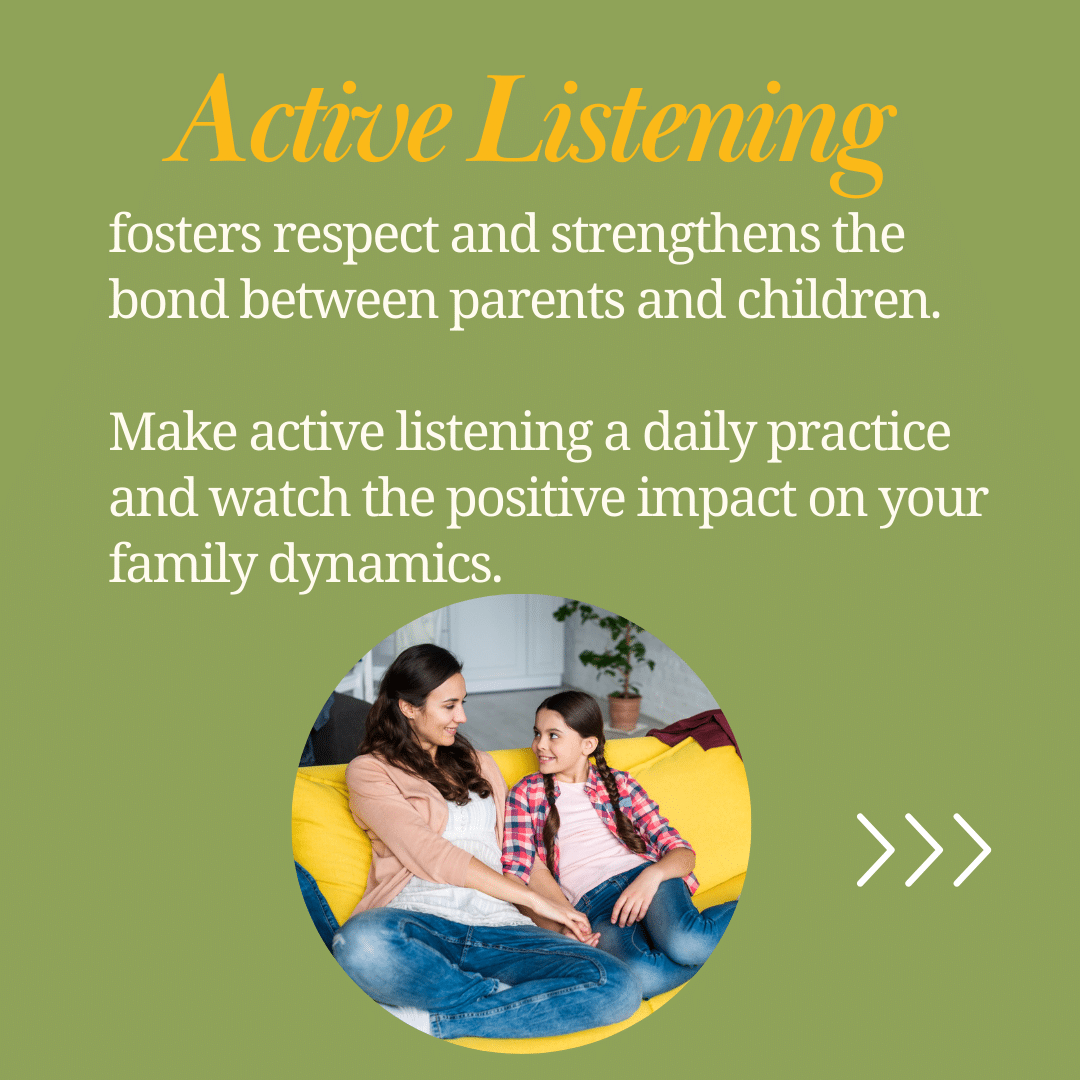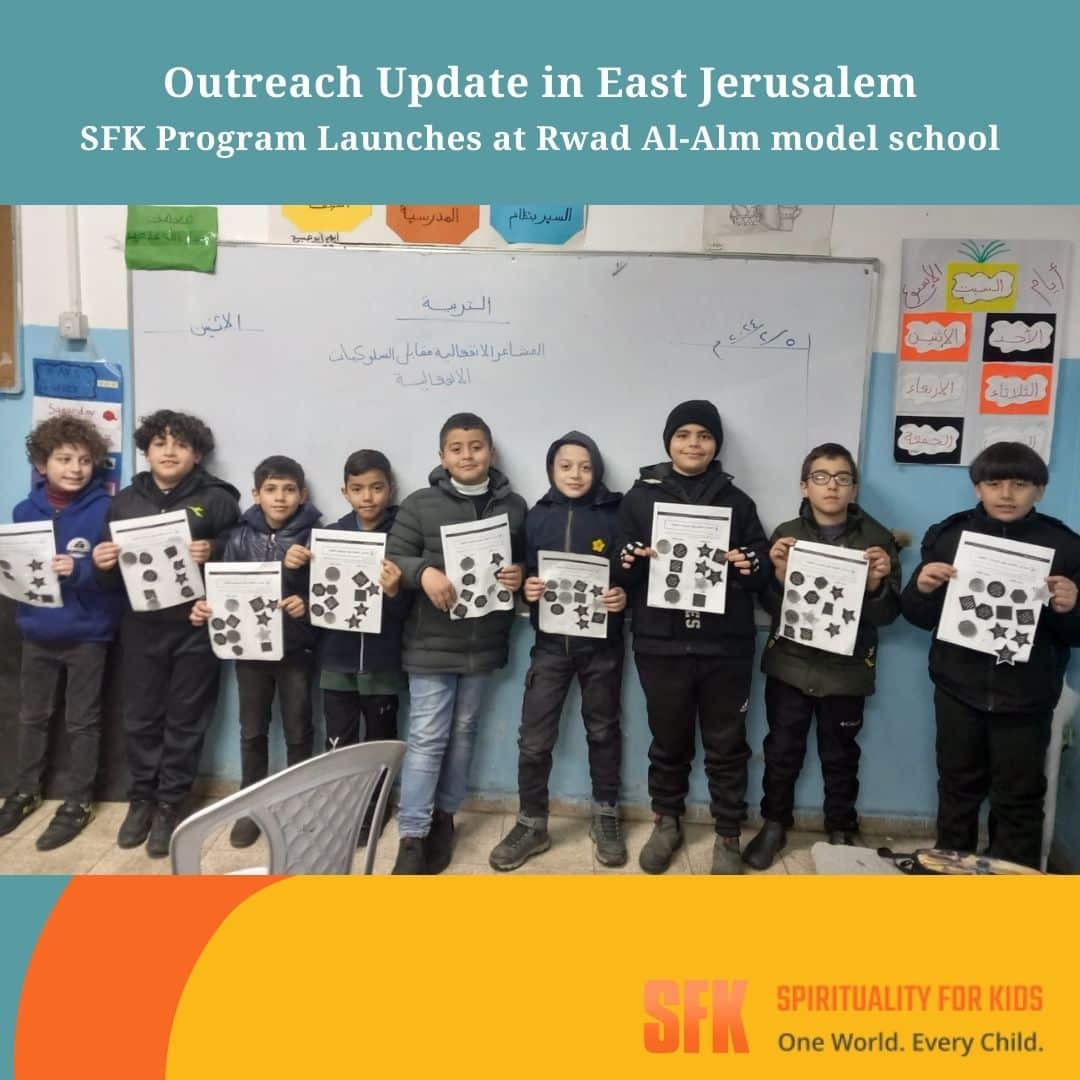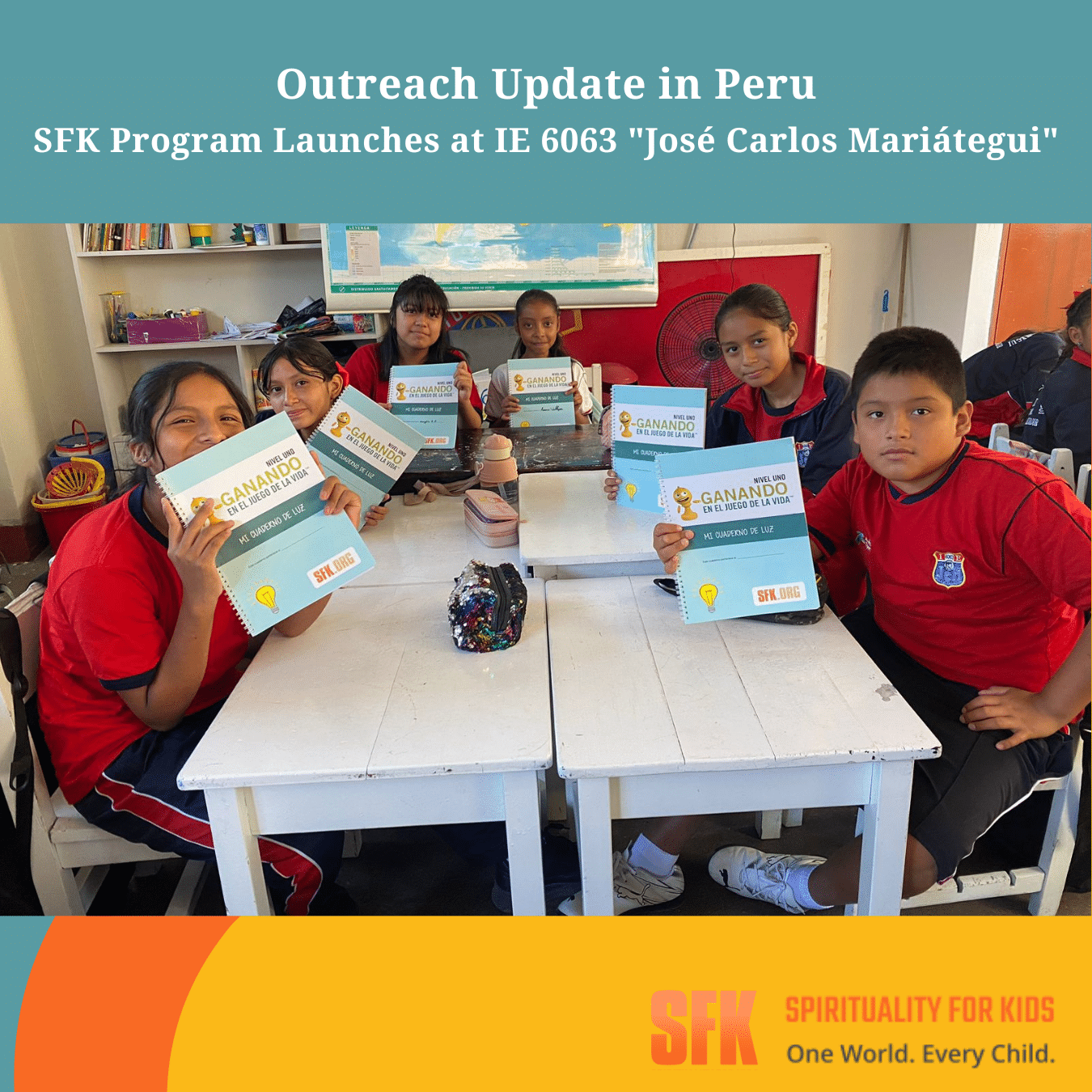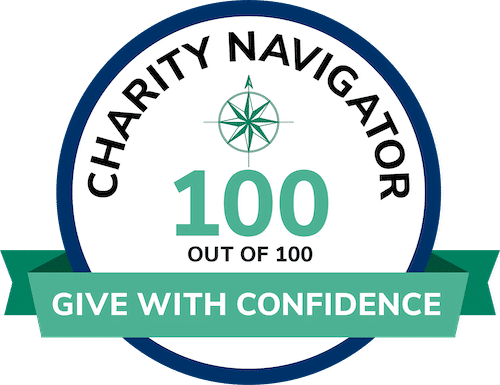In the busy and fast pace of daily activities, it is easy to slip into ‘autopilot’ and miss the nuances that make for a more meaningful experience and deeper connections. Especially when it comes to our children, the use of words and conversations can be rushed and overlooked. We talk to our kids daily, and they speak to us, but do we hear what they say? And are we aware of what our words are telling them?
One practical tool for creating conscious communication and an environment that encourages the sharing of ideas and experiences is called Active Listening. In surprisingly simple ways, it creates mutual respect that makes real conversations possible. By modeling it in our daily interactions with our children, we also make it available for them to use. Active listening is a game-changer for parents, teachers, and children alike.
Active listening has three parts. The first is eye contact. When your child talks to you, look into their eyes. It’s something we don’t do often enough (primarily because of our phones), but it’s a great way to make a real connection, soul to soul. Looking at your child in the eye, says, “I’m here, I’m present, I want to hear from you. I may agree or disagree with what you’re saying, but now, you have my full attention.”
The second part of active listening is to hear the child out and then pause before you respond. When our kids start telling us something, we anticipate what they will say and cut them off mid-sentence. “Okay, I know what you’re going to ask for, and the answer is no.” It’s important to let them finish the sentence, even if it’s likely something we’ve heard 1,000 times before, or if we know what’s coming. If we don’t listen and take a moment to respond thoughtfully, it should be no surprise when our kids treat us the same way—by tuning us out.
The third aspect of active listening is asking open-ended questions. There are two ways to ask a question. You could ask your child, “Did you have a good day at school today?” that sets the stage for a yes or no answer. The alternative is to phrase it in a way that allows for your child to provide additional information and possibly stimulate a conversation—”how was your day at school today?” And if the answer is “Okay,” you can follow up with more specific open-ended questions. “What was the most interesting thing that happened? What was the most boring?” or, “Who did you sit next to at lunch?” Open-ended questions start with words like Who, What, Why, and How.
Active listening is a way of letting our kids know that we respect them and care about what they say. And when they observe that we’re taking the time to listen to them in a focused, receptive, and respectful way, they’re far more likely to return the favor.
Active Listening is more than hearing—it’s a tool for conscious communication and deeper connections.

